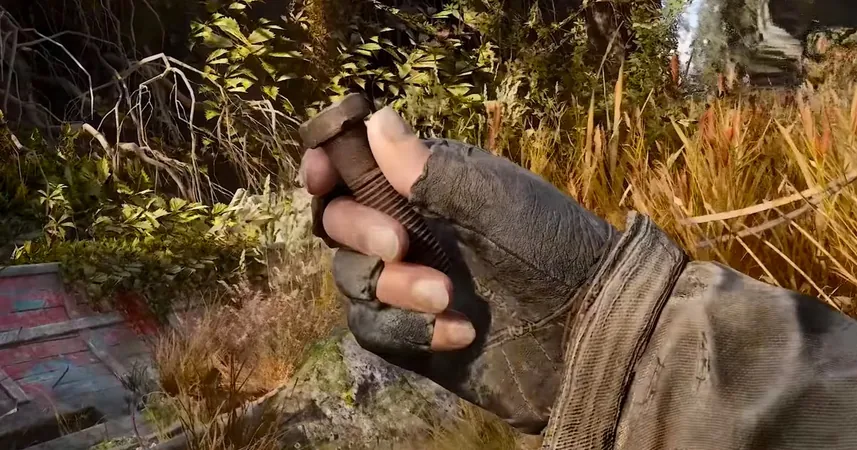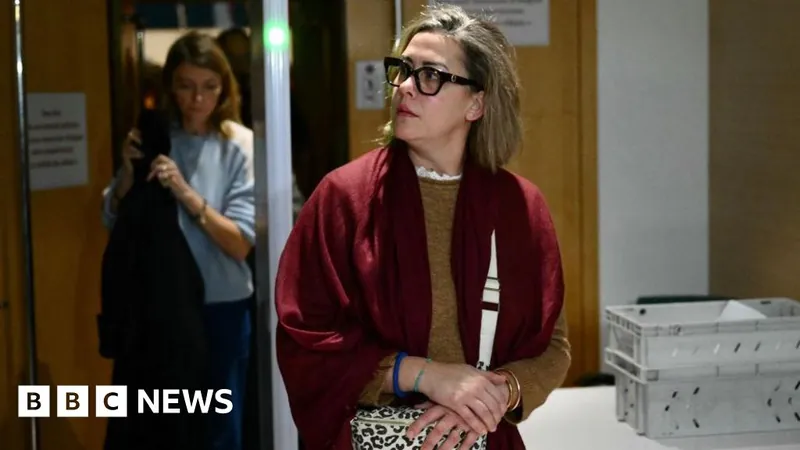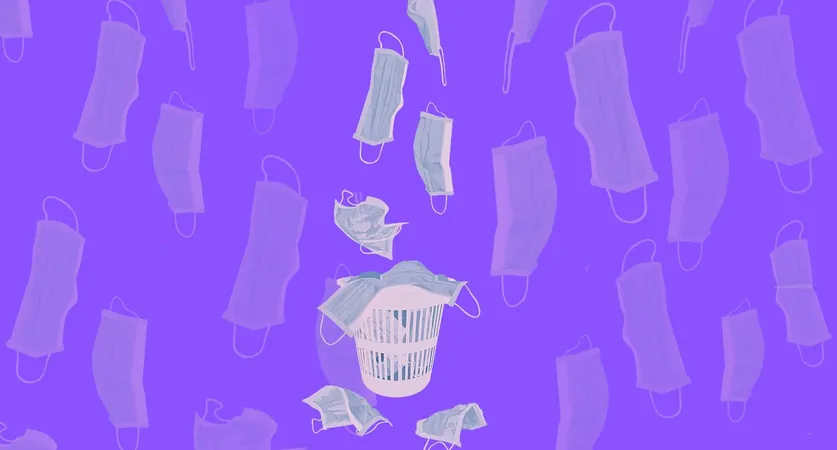
Breakthrough in Lung Cancer Treatment: Gas Bubbles Revolutionize Nanomedicine Delivery!
2024-11-21
Author: Noah
Breakthrough in Lung Cancer Treatment: Gas Bubbles Revolutionize Nanomedicine Delivery!
Researchers at SINTEF have unveiled a groundbreaking method that utilizes gas bubbles to precisely deliver nanomedicines to the lungs, signifying a promising new approach in the fight against lung cancer. The brilliantly innovative technique not only enhances the delivery of cytotoxic drugs to targeted areas but also mitigates the unwanted side effects typically associated with traditional cancer therapies.
In recent experiments involving mice, significant tumor reductions were observed within just 30 days of initiating treatment using this pioneering method. The findings, now published in the European Journal of Pharmaceutical Sciences, are so compelling that the research team has secured a patent and entered into a licensing agreement with a pharmaceutical company to bring this technology to the market.
Andreas Åslund, the project manager and lead researcher at SINTEF's Department of Biotechnology and Nanomedicine, expressed optimism about the potential of this technique: "We are confident that this approach may offer a new cure for lung cancer."
A Fortuitous Innovation
Interestingly, this method's evolution was somewhat serendipitous. Initially aimed at developing a way to deliver drugs to brain tumors—where the notorious blood-brain barrier hampers direct treatment—the researchers manufactured gas bubbles capable of encapsulating nanocapsules containing the drugs. These bubbles enable the use of ultrasound technology to breach the blood-brain barrier by explosively releasing the nanocapsules.
However, in a twist of fate, researchers discovered that the gas bubbles tended to accumulate in the patients' lungs. Instead of viewing this as an obstacle, they pivoted, harnessing this characteristic to achieve targeted delivery to lung tumors.
The Science Behind the Success
Operating at the nanoscale, the bubbles are incredibly small—so small that up to 100 nanocapsules can fit across the width of a human hair, with the drug itself constituting a mere 10% of the total package. The delivery method capitalizes on the unique architecture of the lung's capillary network, where the minute vessels act as filters for the explosive gas bubbles. As the bubbles burst spontaneously, they enable the direct infusion of drug-containing nanoparticles into lung tissue, eliminating the requirement for ultrasound activation in this stage of treatment.
A Legacy of Innovation
The concept for this specialized drug delivery system originated at SINTEF as far back as 2014. Over a decade, researchers have championed various medicinal advancements, including a successful drug delivery platform for peritoneal cancer, leading to the establishment of the spin-off company NaDeNo. Now, they are on the precipice of a potential revolution in lung cancer therapy.
Moreover, this nanoscale delivery system isn’t limited to oncology. The innovative technology holds promise for treating additional lung conditions such as cystic fibrosis, lower respiratory infections, and pulmonary emphysema, enhancing its appeal and utility.
A Gentle Approach to Effective Treatment
"One of the major benefits of nanomedicines is their localized action," Åslund noted. "This allows us to treat only the diseased tissue, paving the way for stronger drug formulations while significantly reducing patient side effects."
The implications of this revolutionary delivery system could redefine cancer treatment paradigms and provide new hope for patients battling lung ailments. Stay tuned as this transformative technology unfolds and reshapes the landscape of medical treatment!









 Brasil (PT)
Brasil (PT)
 Canada (EN)
Canada (EN)
 Chile (ES)
Chile (ES)
 España (ES)
España (ES)
 France (FR)
France (FR)
 Hong Kong (EN)
Hong Kong (EN)
 Italia (IT)
Italia (IT)
 日本 (JA)
日本 (JA)
 Magyarország (HU)
Magyarország (HU)
 Norge (NO)
Norge (NO)
 Polska (PL)
Polska (PL)
 Schweiz (DE)
Schweiz (DE)
 Singapore (EN)
Singapore (EN)
 Sverige (SV)
Sverige (SV)
 Suomi (FI)
Suomi (FI)
 Türkiye (TR)
Türkiye (TR)